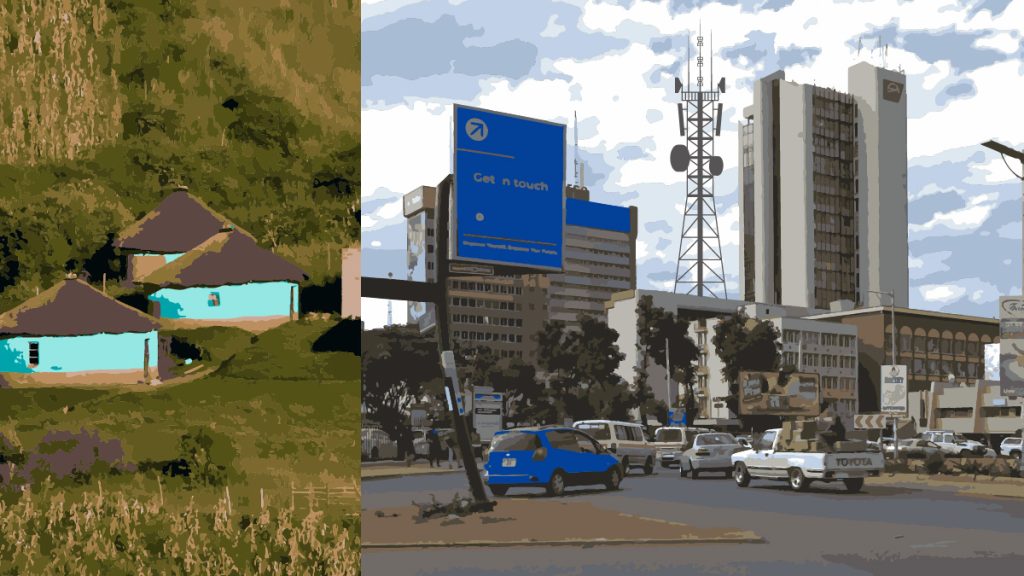
The digital divide is this era’s class division; those who have access to telecom services and those who don’t. There’s much to be said about how the African telcos have placed the continent on the global stage. But one thing is for sure, telecom companies in Africa can and will bridge the digital divide between rural and urban areas, bringing connectivity to every square meter of the region. Additionally, the industry has shown great promise in bolstering the economy, and 2023 will indeed witness more telecom innovation. Mobile and Internet technologies make accessing basic and complex telecommunications functions easier for economic actors. Telcos providing rural telecommunications is the key to the future.
What Can Telecom Do?
Governments, corporations, service providers, telecom infrastructure providers, and other players must work together to connect more areas of the world with affordable broadband. And these companies have a lot to offer for the continent’s unconnected nooks and crannies.
1. Setting up Wi-Fi Hotspots
These are open-air locations with wireless access points, giving customers access to the internet through their laptops and smartphones. Public libraries, hotels, cafes, and hotels in rural areas could all set up these hotspots.
2. Establishment of Google’s Internet Balloons
These gadgets are geostationary balloon satellites that float in the atmosphere. Google could work with telecom providers and governments to use the balloons to bring internet access to remote areas.
3. Building Smarter Digital Networks
Networks must become more intelligent, capable, and universally accessible. Building new networks or updating existing ones is crucial as data consumption reaches previously unheard-of levels. The design of new networks must be flexible, software-driven, and centralized. Virtual network functions, edge computing, and memory will power all applications in these vendor-neutral networks. What it will take to make these modern networks faster and more affordable for everyone is a primary concern. Rapid and dense fiberization is a significant factor.
4. Fiberization Key to Smarter Networks
The optical fibers of today are masterpieces of engineering. They are constantly changing to meet market demands. The objective would be to meet scale, latency, and agility demands that consider the provider’s infrastructure and the reality of customer demand while avoiding asset over- or under-building. Service providers have a vast, difficult task ahead of them: building an advanced, optimal network that satisfies the most exacting requirements.
What Does This Mean for Rural Areas?
Telecom companies make up an essential pillar of the digital age. They already hold in the palm of their hands the power of connectivity. As a result, bridging the digital divide that is present in North African rural regions falls on their shoulders.
Local Going Global
In today’s climate of “everything is content,” it has become relatively easy for local businesses to go international. They would need only one viral post/video, and the world would know of their existence. But a business owner would need a reliable connection to operate social media. So, when telcos expand their network coverage, they allow small and local businesses to have a big break.
Internal Migration
Internal migration refers to the movement of people from one area to another within the same country/nation. Throughout history, we have witnessed this phenomenon, especially when seeking work. However, in recent years, especially following the COVID-19 pandemic and the popularization of the work-from-home policy, many employment positions are either remote or offer that option. So, the employee can remain in their hometown while making a good living wage. This option, however, strongly relies on the network coverage of the area. So, if the telcos were to invest in strengthening said coverage, they would be directly contributing to the decrease in the unemployment rate.
Access to Education
The above is also valid for education. Courses from accredited universities are now readily available online.
Banking the Unbanked
Today, much of our financial transactions go through the bank. Unfortunately, many of the rural regions of North Africa lack accessibility to a bank. However, with the rise of fintech, the unbanked who cannot get to the city to take care of their financial duties now have easy access through various mobile applications. Here come the telcos. By setting up good coverage and a decent plan, these companies can offer banking alternatives to the masses.
Final Thoughts
The world is now split between those with access to telecom services and those without access. The future relies heavily on emerging digital technology, including future generations of mobile networks and telehealth care. In the next couple of decades, we will witness the progressive shift of the world into cyberspace. And the telecom industry is the frontrunner for pioneering the new world. But for that to happen, the entirety of Earth needs to be connected first, especially in rural areas. And for that, telcos play a significant role in connectivity for everyone and, by extension, in bridging the digital divide.
Inside Telecom provides you with an extensive list of content covering all aspects of the tech industry. Keep an eye on our Telecom sections to stay informed and up-to-date with our daily articles.